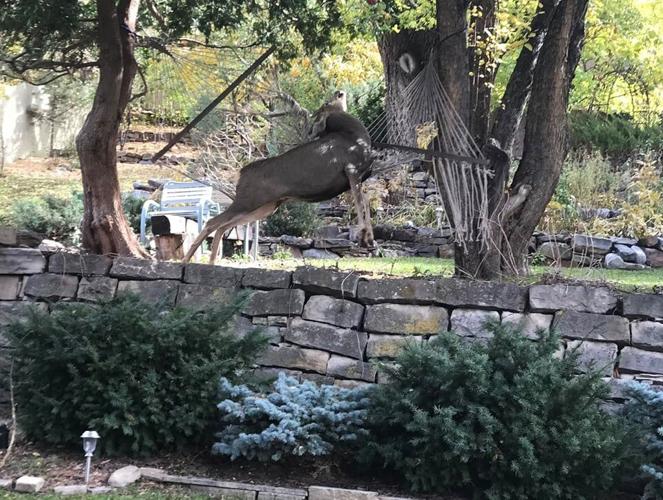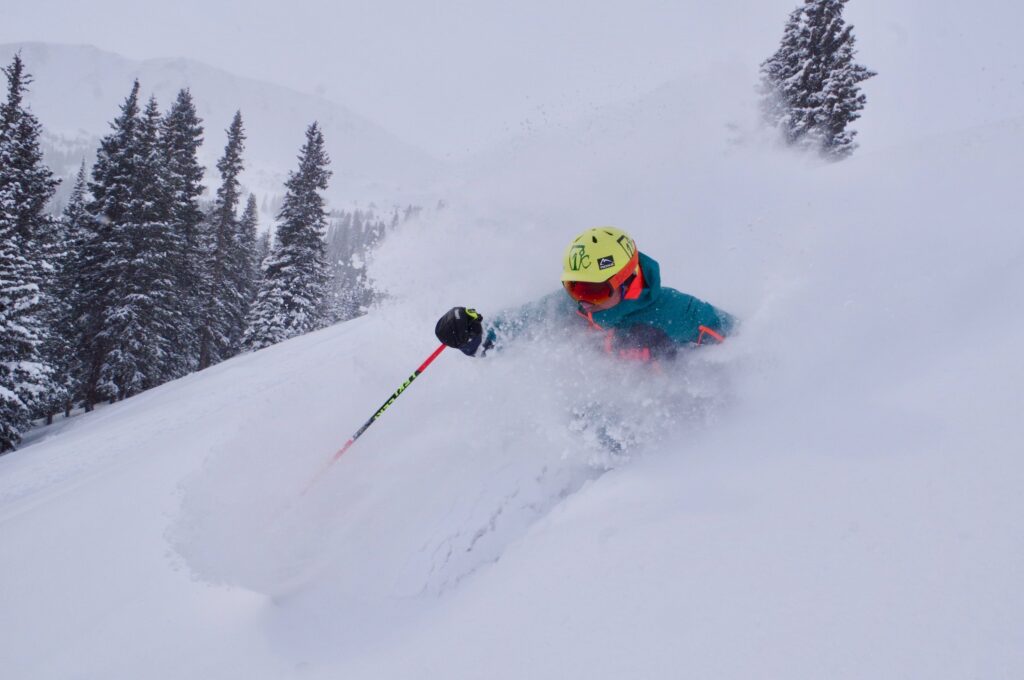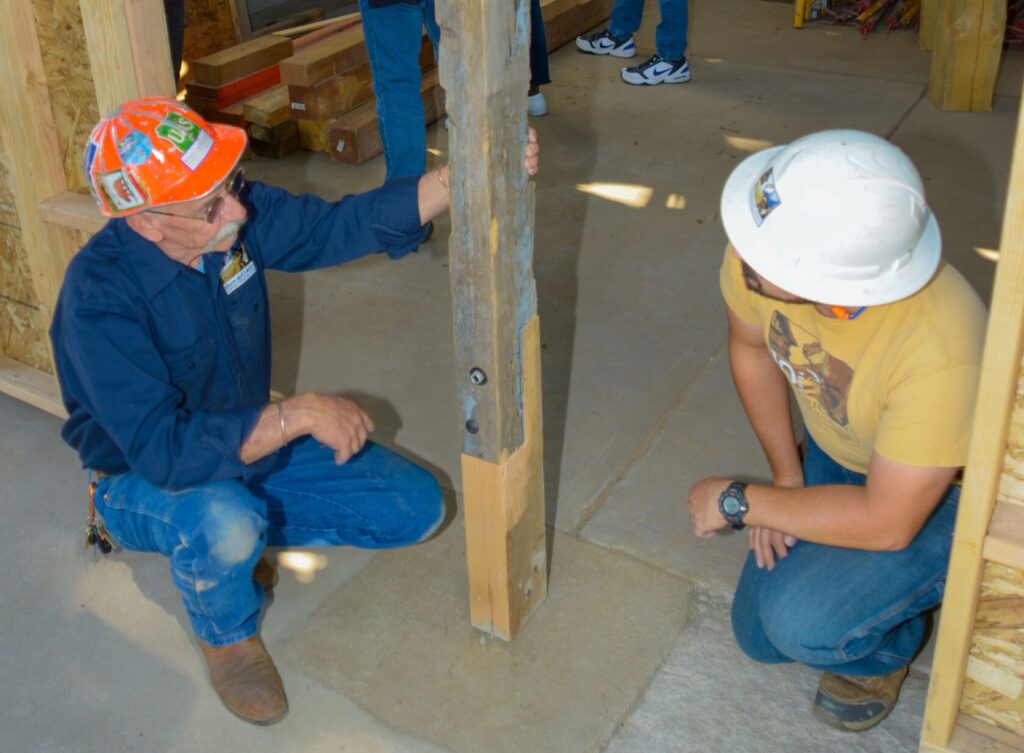Colorado bucks getting tangled in “all the wrong places” while looking for love
Tangled-up bucks are serving as a reminder for Colorado residents to remove hammocks, soccer nets, hanging lights, and any other hazards from their yards to protect wildlife.
Deer and elk are on the move this time of the year, often getting tangled up “in all the wrong places” while searching for a mate.
Wildlife officers have been busy lately in towns across the state cutting nets away from the antlers of bucks and in some cases, even having to completely remove antlers.
It’s that time of year when bucks are looking for love in all the wrong places! Please, remove items from yards that snag antlers. This buck was stuck in a yard in Durango. He was safely cut loose. Full story: https://t.co/0lWzsYPze4 @COParksWildlife pic.twitter.com/y7dbXBWor9
— CPW SW Region (@CPW_SW) November 16, 2020
According to Colorado Parks and Wildlife (CPW), wildlife officers have seen animals caught in all sorts of strange hazards including tricycles, garden cages, clothes lines, lawn chairs, and Christmas lights.
“At this time of year more deer are seen on the roads and they are also in the middle of the rut,” Durango Area Wildlife Manager Matt Thorpe stated in a recent press release. “People need to take down the things in their yards that snag antlers and slow down as they’re driving.”
Dogs present another hazard for deer during the winter season. Chasing is a natural instinct, often exhausting deer or forcing them into collisions with fences or vehicles. Owners who allow their dogs to chase after wildlife could be ticketed, according to CPW. This can be considered animal harassment.
Deer and elk have a limited supply of fat reserves to get them through the winter season. According to wildlife officials, these animals have few calories to spare, losing anywhere between 20 to 30 percent of their body weight.
Humans who get too close to deer, elk, and bighorn sheep can cause them to burn unnecessary amounts of energy by running away. These animals have a limited supply of fat reserves to get them through the winter season, during which they’ll naturally lose 20 to 30 percent of their body weight. This means that these animals have few calories to spare. This is why it’s so important to observe and appreciate wildlife from a distance.



















